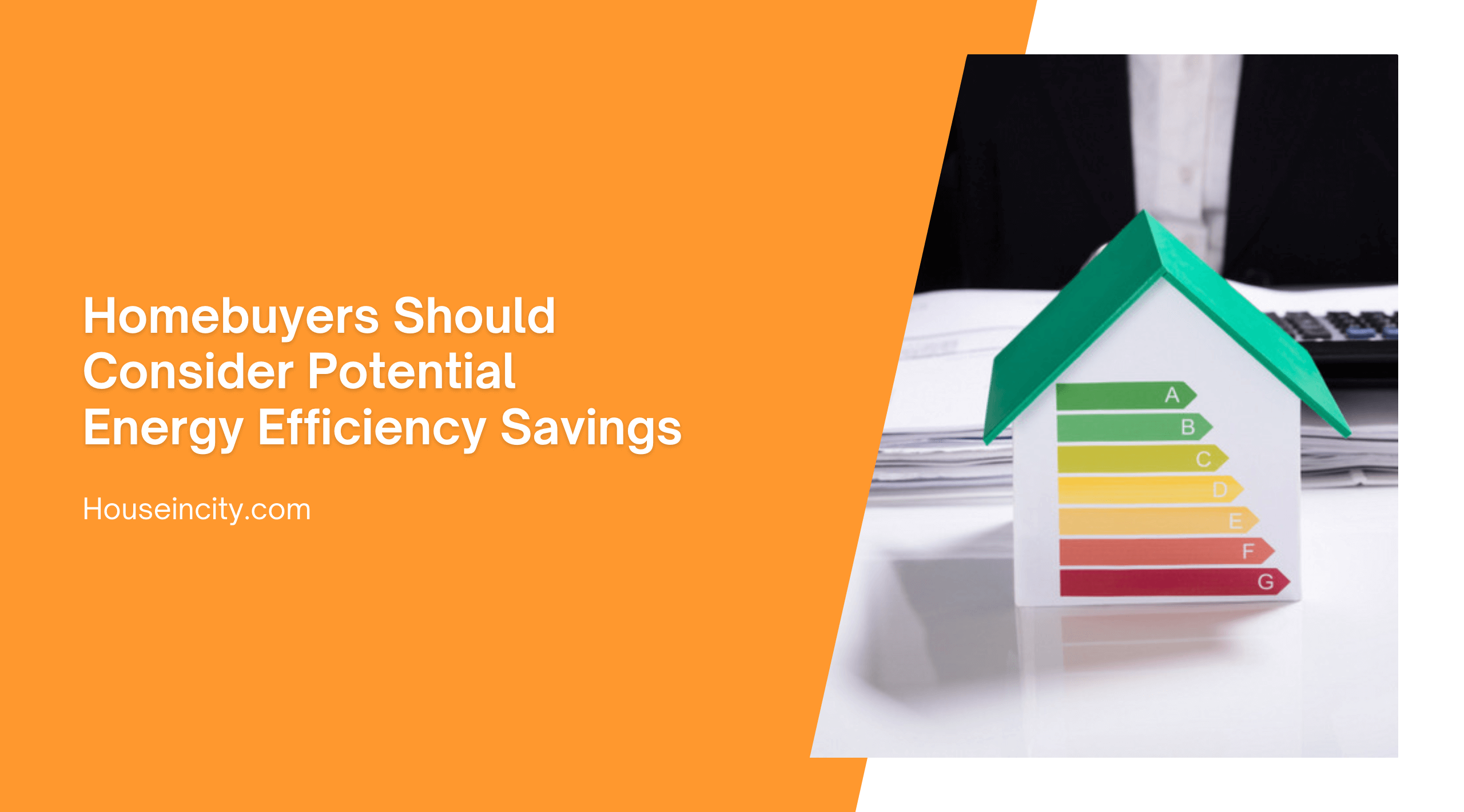Energy costs are sure to keep rising over time, and homebuyers concerned with maximizing energy efficiency savings will need to make a list of important details in the home. Existing features and structures could make energy efficiency upgrades impossible or prohibitively expensive. Here are a few important factors to consider to maximize energy efficiency savings.
Insulation ratings
Perhaps the most important consideration for energy efficiency savings in a home purchase is the existing insulation. Homes with no insulation or poor insulation in the walls can incur high heating bills in cold climates.
The main problem is that insulation can be difficult to add in walls, so the only alternative for adding insulation may be replacing or adding siding – also a major expense.
An energy auditor can determine the specific insulation rating in the walls, or a home buyer can get a rough idea with a simple test. Remove an electric outlet cover, shine a flashlight into the gap and look for the type and thickness of insulation, if there is any insulation.
Passive solar heat
Many homeowners think expensive photovoltaic panels are the only way to harness solar energy, but there is a cheaper, more old-fashioned way to maximize energy efficiency savings through the power of the sun.
South-facing windows can capture passive solar heat, which means the sunlight coming through the window brings heat into the room, reducing heating bills and creating energy efficiency savings. Ideally, the same windows should also have insulating blinds or curtains to block the same heat during summer months.
The blinds can easily be installed, but it may be costly and difficult to add a larger window in an existing wall. It is clearly easier to look for a home with existing windows looking south.
Energy-efficient windows
On a related note, all the windows in the house should maximize energy efficiency savings. Large windows around the house can let in light, reducing or eliminating daytime lighting needs. However, they may also let out heat.
The best way to maximize energy efficiency savings in windows is to look for low-e coatings, a glaze that allows light and heat to enter the home while trapping up to 70 percent more heat than a conventional window. Ideally, the coating is placed between the panes of a double-pane window, essentially make it a triple-pane window.
The coatings will block some of the heat, but they are generally designed to let in heat but keep it from escaping.
Windows can easily be replaced or upgraded, but the change is expensive. It is worth looking for existing low-e windows.
South-facing roof
Another solar-related consideration for homebuyers is a south-facing roof. Buyers convinced of the need for solar panels – either electric or thermal – should look for a home with a south-facing roof (or a north-facing roof in the southern hemisphere). Some installers can install. The sun is rarely directly overhead, and is always south of a home in the northern hemisphere. Therefore, south-facing panels will capture the most heat.
Experienced installers can put panels on a west- or east-facing roof, but it may be more expensive and less practical.
Radiant heat
Flooring is another consideration for maximizing energy efficiency. Radiant heat flooring is one of the most comfortable and energy-efficient heating systems, but it will be more expensive under some flooring types and over some foundations.
Radiant heat is generated through tubes under the floor that directly warm the surface rather than blowing heat into the home. The U.S. Department of Energy notes a concrete slab is the easiest foundation for a radiant heating system. Other types of subflooring can waste heat by directing it below the joists. A costly alternative is reinforcing the subfloor, then pouring a thin layer of concrete.
The flooring surface is also important for maximizing energy efficiency through radiant heat. A thick carpet will block much of the heat, while a tile floor will conduct the most heat.
Energy-efficient Appliances
Unlike some of the above items, appliances are easily replaced. However, they can be expensive. Energy Star-rated appliances should be considered a premium feature in a home, and worth examining before any home purchase.
